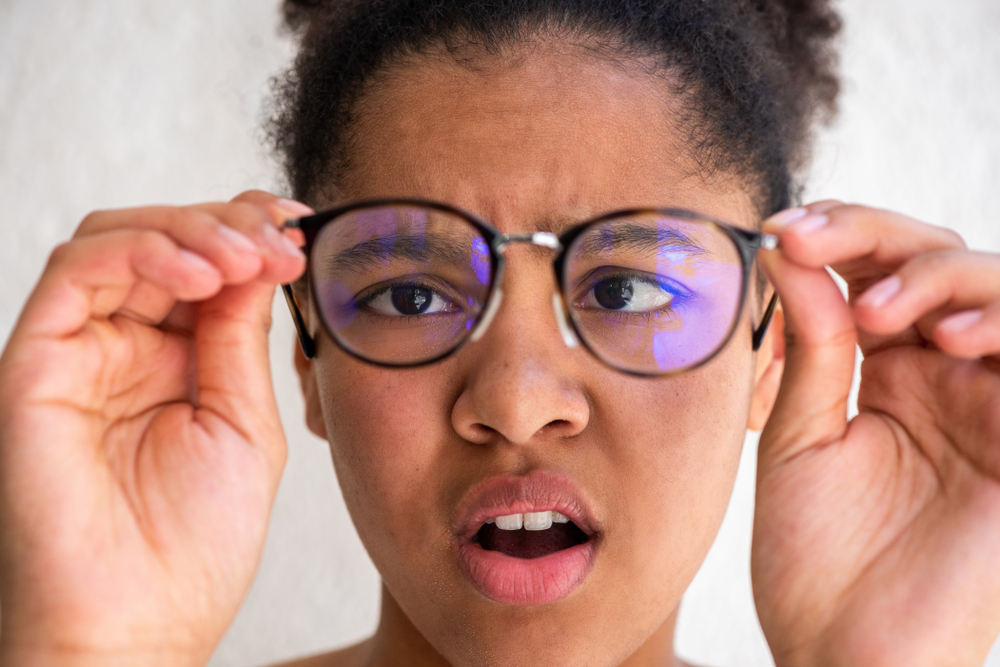Living with a condition like strabismus, commonly known as being cross-eyed, can be challenging. This condition affects not only a person’s vision but also their self-esteem and social interactions. Fortunately, modern medicine offers various forms of help for cross-eyed individuals. From corrective lenses to surgical interventions, numerous solutions are available to improve both vision and quality of life. This article explores the various types of assistance available for those living with strabismus, shedding light on treatments, therapies, and support systems that can make a significant difference.
Understanding strabismus
What is strabismus?
Strabismus is a condition where the eyes do not properly align with each other when looking at an object. It can be constant or intermittent and can affect one or both eyes. The misalignment can result in double vision, difficulty with depth perception, and issues with focusing. Strabismus can be classified into different types, including esotropia (inward turning), exotropia (outward turning), hypertropia (upward turning), and hypotropia (downward turning).
Causes of strabismus
The exact cause of strabismus is not always known, but several factors can contribute to its development. These include:
- Genetics: A family history of strabismus or other eye conditions can increase the risk.
- Neurological issues: Problems with the brain or nervous system can affect the muscles controlling eye movement.
- Muscle imbalance: Weak or overactive eye muscles can cause misalignment.
- Vision problems: Uncorrected vision issues like farsightedness can lead to strabismus.
- Medical conditions: Conditions such as cerebral palsy or Down syndrome are often associated with higher rates of strabismus.
Treatment options for strabismus
Non-surgical treatments
- Corrective lenses
- Glasses or contact lenses: These can help correct vision problems that may be contributing to strabismus. Special lenses, such as prism lenses, can also help align the eyes.
- Eye patching
- Occlusion therapy: This involves placing a patch over the stronger eye to force the weaker eye to work harder, which can improve muscle strength and alignment over time.
- Vision therapy
- Orthoptics: This type of therapy includes exercises designed to improve coordination and focusing abilities of the eyes. These exercises are typically performed under the guidance of a trained professional.
- Botox injections
- Botulinum toxin: In some cases, injections of Botox can temporarily weaken overactive eye muscles, helping to correct alignment.
Surgical treatments
- Strabismus surgery
- Recession and resection: This surgery involves adjusting the length or position of the eye muscles to correct alignment. The procedure is usually performed on an outpatient basis, and recovery time is relatively short.
- Adjustable sutures
- Postoperative adjustments: In some cases, surgeons use adjustable sutures that can be fine-tuned after surgery to achieve optimal alignment.
Alternative and complementary therapies
- Acupuncture
- Holistic approach: Some studies suggest that acupuncture may help improve symptoms of strabismus by promoting relaxation and muscle balance.
- Nutritional support
- Dietary interventions: Ensuring a balanced diet rich in essential vitamins and minerals can support overall eye health and may complement other treatments.
Emotional and social support
Psychological impact of strabismus
Living with strabismus can affect more than just vision. Many individuals with this condition experience social stigma, low self-esteem, and mental health challenges. It is crucial to address these emotional aspects alongside physical treatments.
Support groups and counseling
- Support groups
- Community support: Joining a support group can provide a sense of belonging and understanding. Sharing experiences with others who face similar challenges can be incredibly therapeutic.
- Counseling and therapy
- Professional help: Speaking with a counselor or therapist can help individuals cope with the emotional and psychological effects of strabismus. Therapy can also assist in developing strategies to improve social interactions and self-confidence.
Technological advancements
Innovations in strabismus treatment
- Augmented reality
- Enhanced vision therapy: Augmented reality (AR) tools are being developed to create interactive and engaging vision therapy exercises. These tools can make therapy more effective and enjoyable for patients of all ages.
- Telemedicine
- Remote consultations: Telemedicine allows patients to consult with specialists without needing to travel. This can be particularly beneficial for individuals living in remote areas or those with mobility issues.
Conclusion
Strabismus, or being cross-eyed, is a condition that affects many aspects of an individual’s life, from vision to self-esteem. Fortunately, there are numerous treatments and support systems available to help cross-eyed individuals lead fulfilling lives. Whether through corrective lenses, surgical interventions, or emotional support, help is available to address both the physical and psychological impacts of strabismus. With continued advancements in medical technology and therapy, the future looks promising for those seeking to overcome this condition. By exploring and utilizing the available resources, individuals with strabismus can find effective solutions tailored to their needs, ultimately improving their quality of life.
This story was created using AI technology.
















